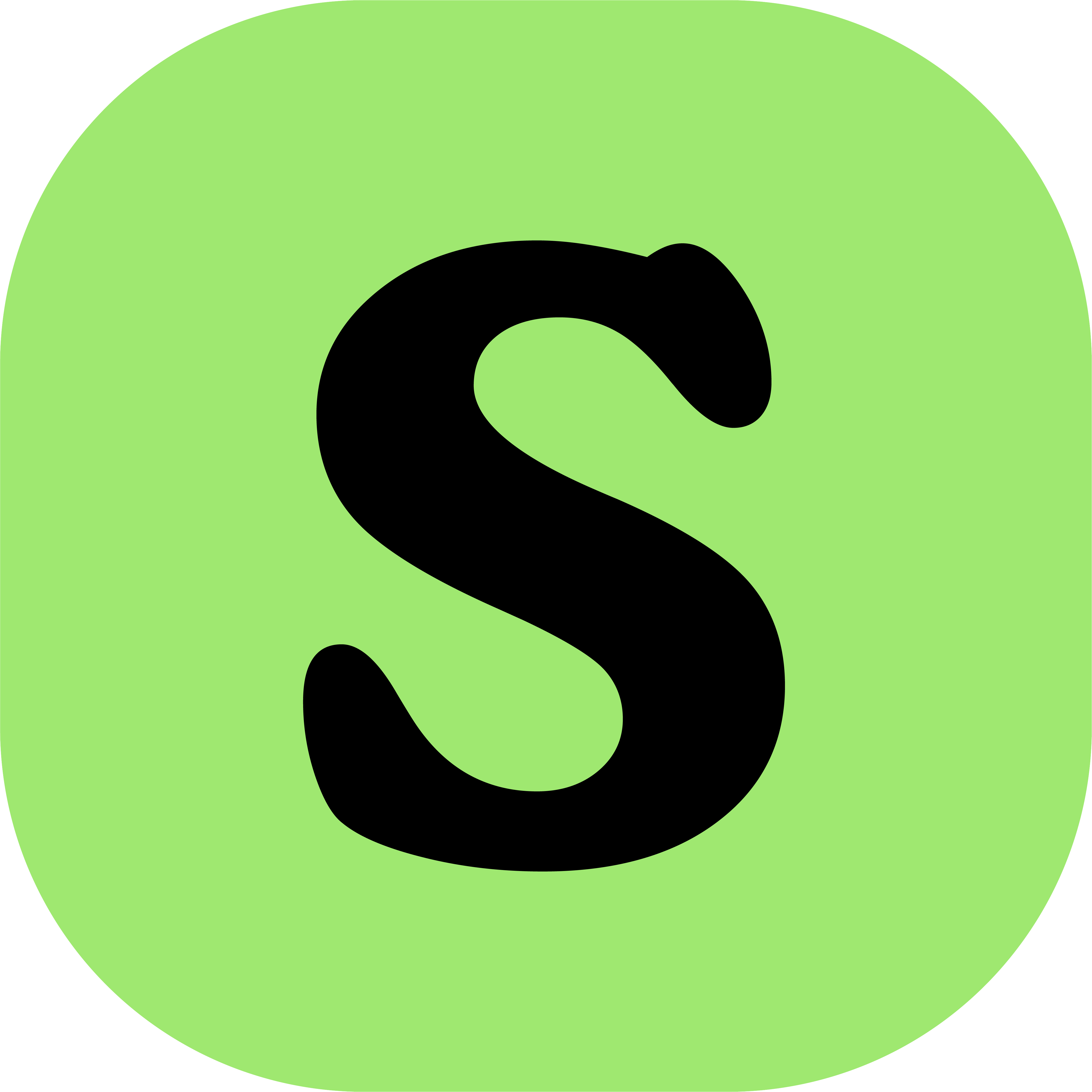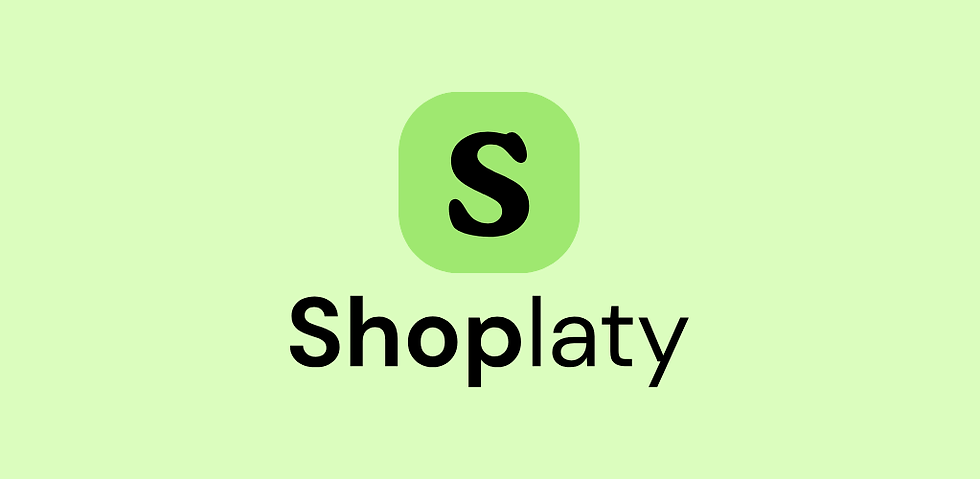The Best Way to Create a Mobile App for Your Shopify Store: Shoplaty’s Exclusive Features
- Shoplaty

- Mar 14
- 4 min read
Updated: Oct 1
Introduction
If you’re ready to turn your Shopify store into a mobile app, you don’t just want “an app.” You want a growth engine—one you can control without developers, that understands your customers, and that ships updates as fast as your campaigns move.
That’s exactly why we built Shoplaty. Below is a practical walkthrough of the Shoplaty-exclusive features that help you launch fast, convert better, and keep customers coming back—without enterprise overhead.

1) Real Shopify, Real-Time: One Source of Truth
Instant sync for products, collections, pricing, discounts, inventory, carts, orders, and customer accounts.
No double-work: manage everything in Shopify; the app reflects changes automatically.
Checkout continuity: customers can log in with their existing Shopify accounts or continue as guests.
Why it matters: you keep your existing operations. Shoplaty becomes the fastest, most seamless way to shop your store—not a second catalog to maintain.
2) Your Own Admin Dashboard (Not just settings)
Most app solutions offer toggles. Shoplaty gives you a real admin.
Visual home editor: create and reorder blocks (hero banners, collections, grids, stories, promos) and publish instantly.
Content, not code: upload banners and set seasonal layouts without a developer.
Role-based permissions: grant access by role (Admin, Manager, Marketing).
Safe publish flows: preview drafts before pushing live.
Why it matters: marketing can update the app daily like a CMS—no app store updates, no dev queue.
3) Advanced Analytics You Can Actually Use
Shoplaty tracks the data you need to drive revenue, out of the box:
Identity & basics: user UID, phone, country code, member since, Shopify customer ID.
Engagement: total app launches, launches by tab, last activity tab, time since last open.
Commerce intent: live cart contents, wishlist items, orders placed in app, order history.
Device & context: device model, screen size, orientation, OS platform (iOS/Android), device ID, app version, language, timezone.
Messaging readiness: push token status per user (opt-in health).
Why it matters: this isn’t generic analytics. These signals power segmentation, personalization, and timely outreach—and help you fix friction where it’s actually happening.
4) Intent-Based Push (Built for Respect, Not Spam)
Shoplaty’s push system is designed to be useful to customers:
Segmentation from real app behavior: launch frequency, last active tab, device type, language, timezone.
Preference-friendly: send relevant messages at the right local time.
Why it matters: smarter, respectful messages get higher opt-in and CTR—and fewer uninstalls.
5) App-Only Campaigns (Run Promotions Like Events)
Turn your app into a living storefront:
App-exclusive blocks: “App-Only Drops,” “Members-First Access,” “Weekend Bundles,” “24-Hour Flash.”
Instant merchandising: add a block, schedule a timer, publish. No developer.
Why it matters: when the app offers real reasons to open it, engagement and repeat purchases climb—without buying more ads.
6) Device-Aware UX (Fast on Every Screen)
Shoplaty optimizes for the device automatically:
Screen-size-aware layouts: right grid density for small vs large devices.
Orientation cues: persist state and sizing when users rotate.
Network resilience: smart caching for snappy browsing on weak connections.
Crash-safe: tracked app version and device model make QA and fixes targeted.
Why it matters: speed isn’t cosmetic—it’s conversion. Every millisecond saved reduces drop-offs.
7) Operations Superpowers in the Admin
Give your ops team visibility they’ve never had from a basic app:
User timeline: see launches, tab visits, add-to-cart, and orders at a glance.
Cohorts that matter: first-time vs repeat buyers, dormant users, high-value segments.
Why it matters: fewer blind spots, faster resolutions, and tighter fraud prevention.
8) International-Ready by Default
Timezone-sensitive scheduling for pushes and campaigns.
Language signal available for localization strategy.
Currency & storefront alignment comes via Shopify.
Why it matters: global selling needs time-right messages and storefront consistency. You get both.
What Success Looks Like (Metrics to Track)
Activation: installs → first login/first purchase
Engagement: launches/user/week; session length; tab usage
Conversion: PDP → ATC → checkout; express pay usage
Retention: 30/60/90-day repeat purchase; time between orders
Messaging health: push opt-in rate; CTR; revenue from automations
Pro tip: once you know your push CTR and app conversion rates, you can forecast the incremental revenue per 1,000 active users and justify bigger campaigns.
FAQs
Do I need developers to keep the app fresh?No. Shoplaty’s admin lets non-technical teams update blocks, campaigns, and layouts instantly.
Will the app slow down my operations?It should speed them up. Shopify remains the single source of truth; Shoplaty simply makes it faster to shop and easier to retain customers.
How often do I need to update through the app stores?You submit once initially. After that, most updates happen in Shoplaty’s admin—no resubmission needed for content/layout changes.
Can I target users by behavior?Yes—by launches, last active tab, device, language, timezone, wishlists, and even live cart data.
Conclusion
A Shopify app isn’t just a “mobile version” of your site; it’s a direct, personalized channel that lifts conversion and retention. Shoplaty turns that idea into an everyday reality: a CMS-like admin, intent-based push, advanced analytics, device-aware UX, and app-only campaigns—all working together on top of your Shopify data.
If you’re ready to turn mobile into your highest-leverage growth channel, Shoplaty is the way to do it—fast, flexible, and built for real-world merchandising.


